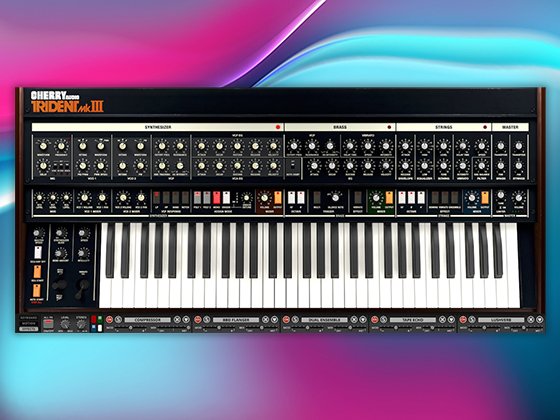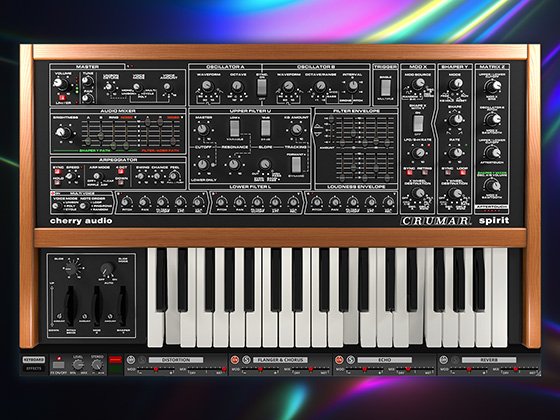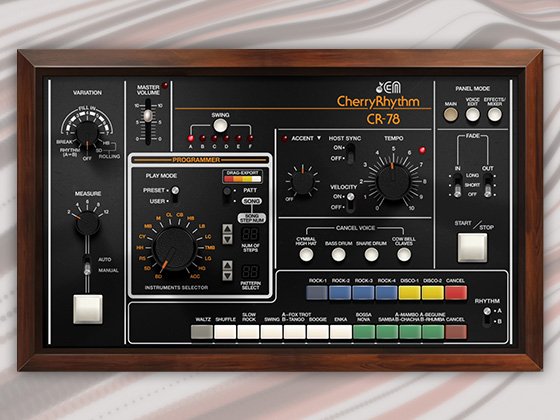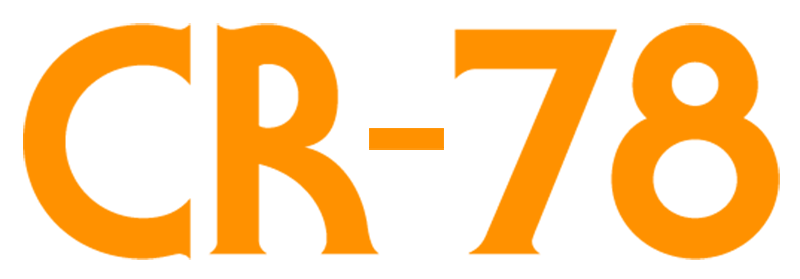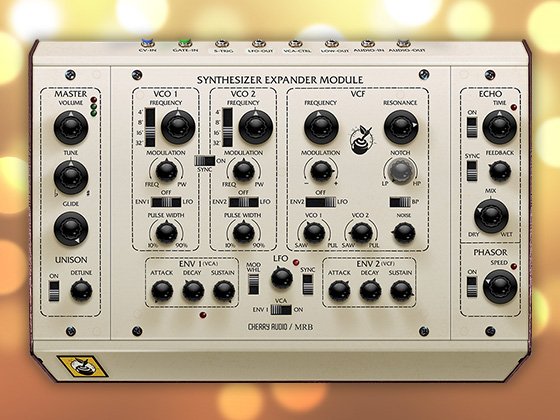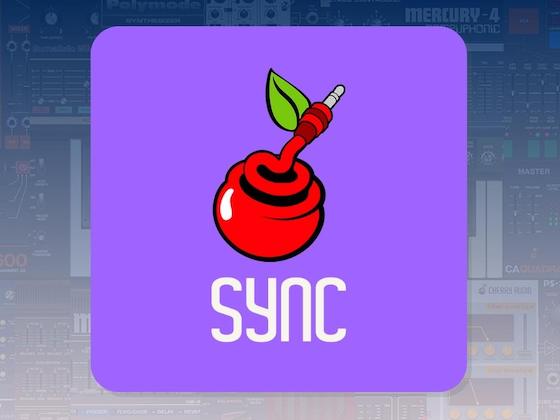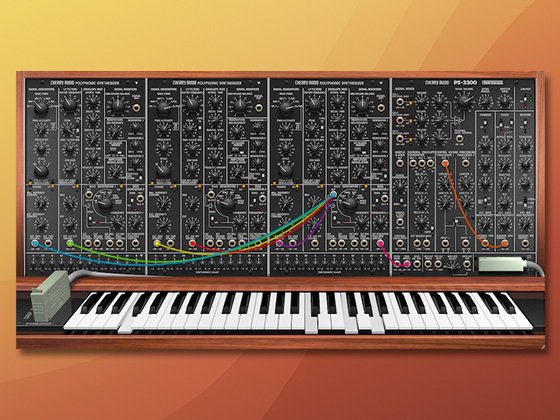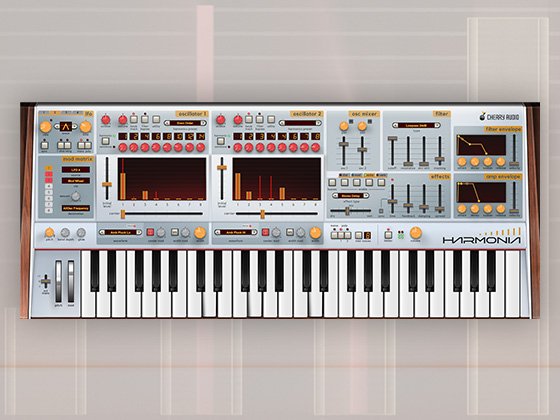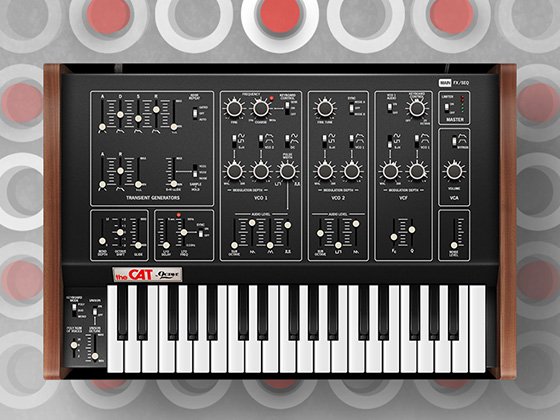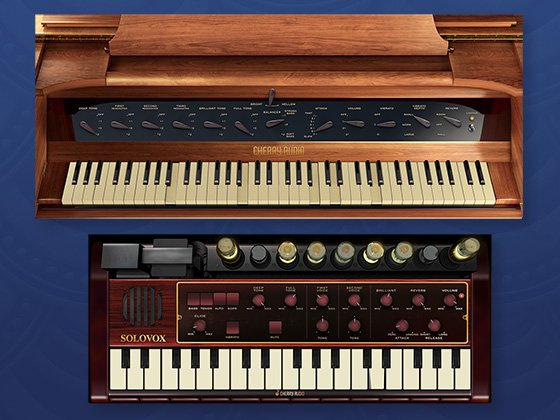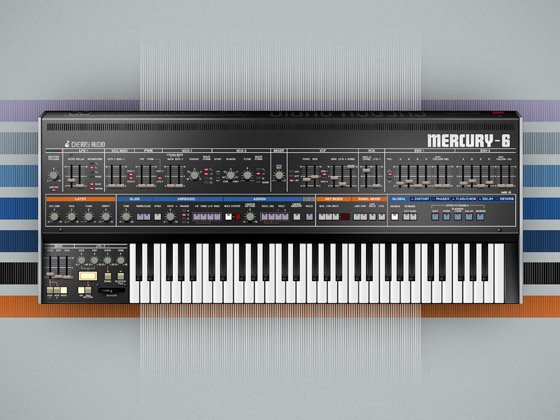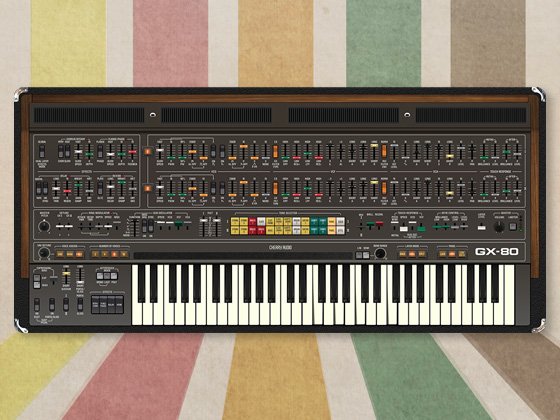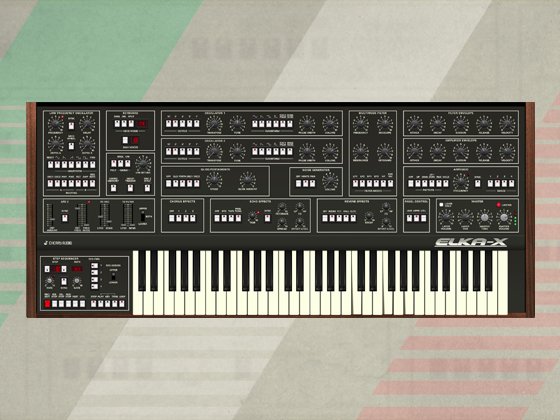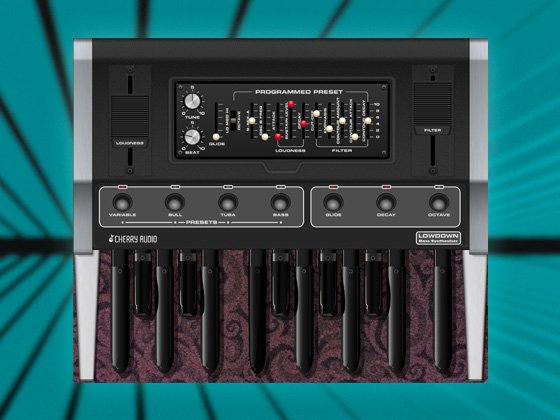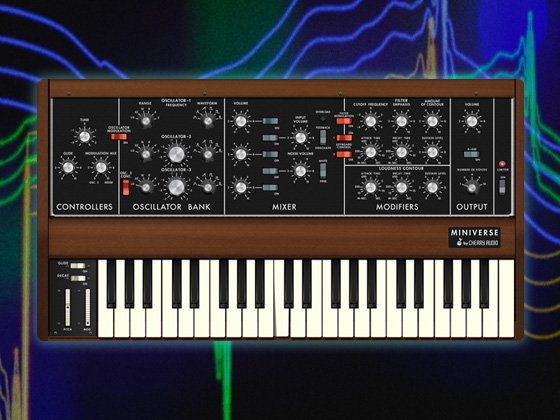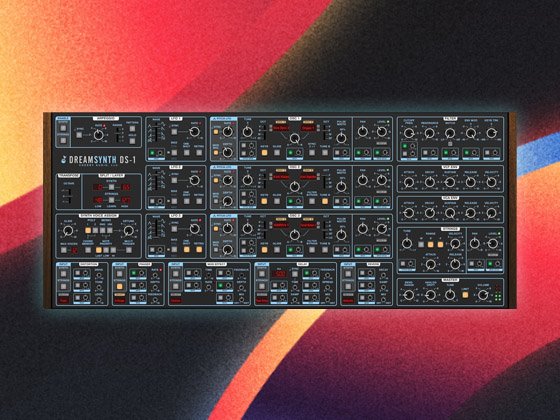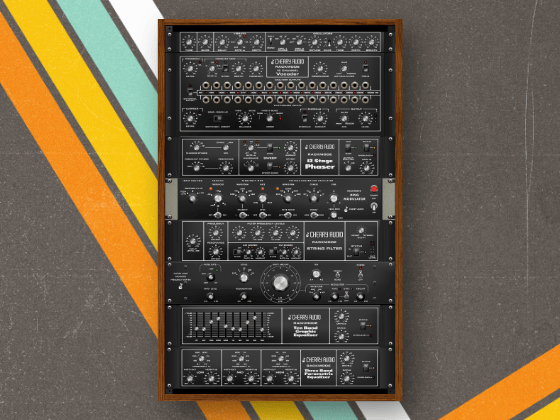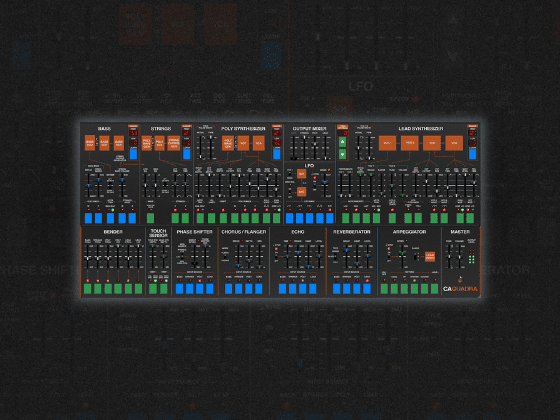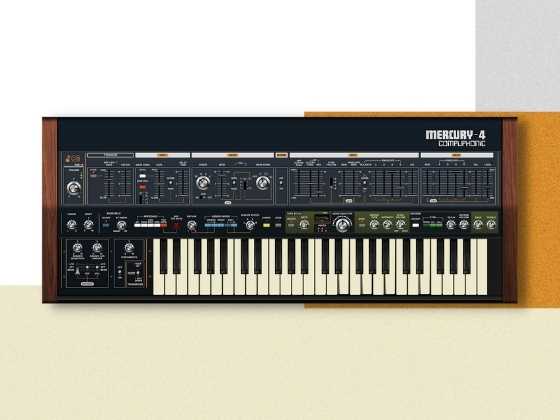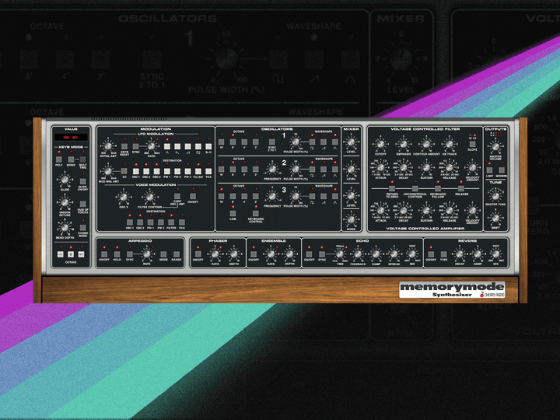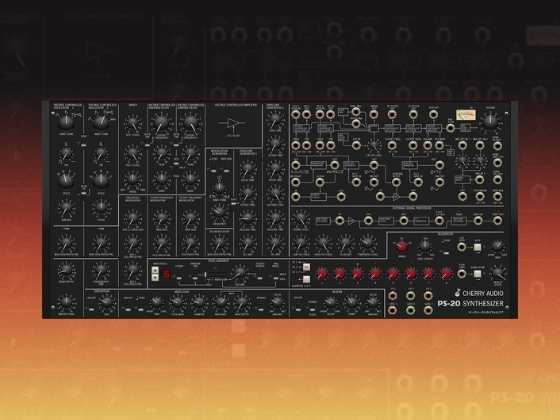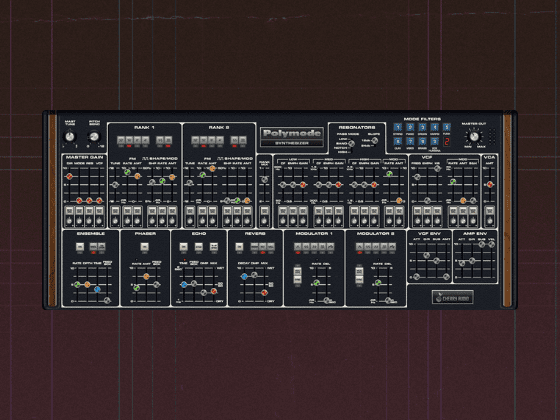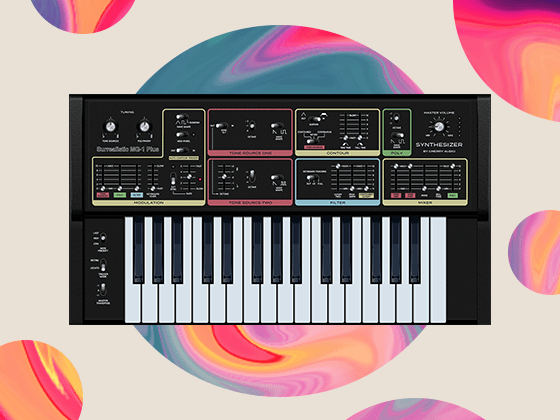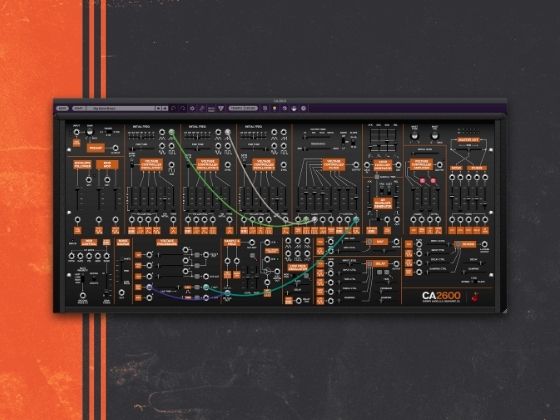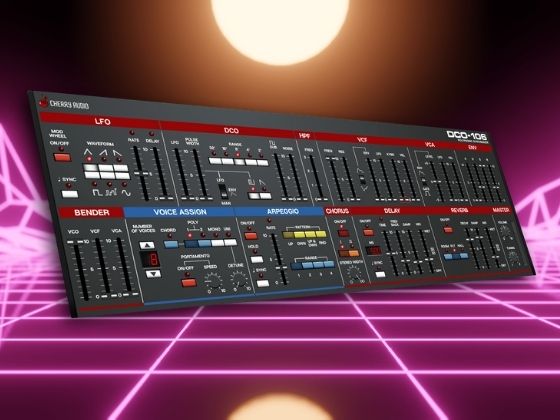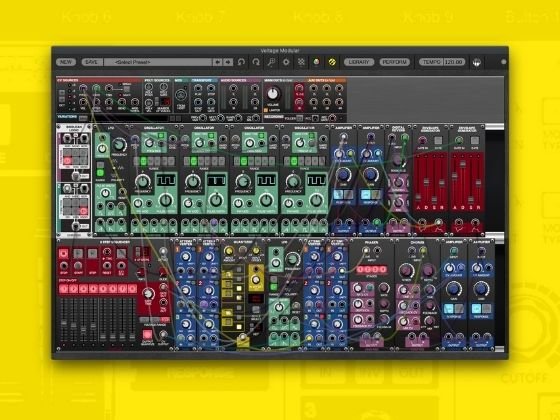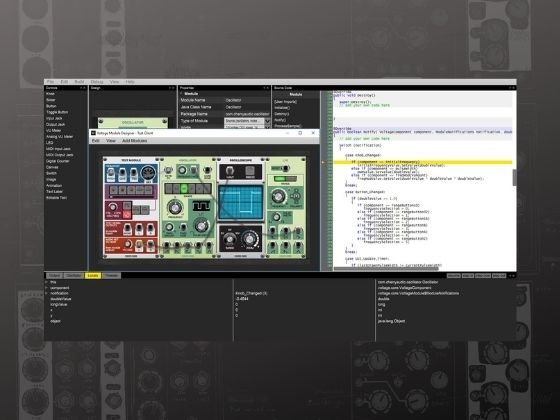Manufacturer: Request For Music
$8.00 $10.00
F_PHASR8 – 4/6/8-Stage Optical Phaser
F_PHASR8 is an analog-style phaser with an optical (lamp/LDR) modulation model and up to eight cascaded all-pass stages. It delivers classic sweeping notches with the smooth, organic motion characteristic of optical circuits.
Inputs / Outputs
- IN L, IN R — Audio inputs. If only IN L is connected, the signal is duplicated to the right channel.
- OUT L, OUT R — Stereo audio outputs.
- MOD 1–4 — CV modulation inputs (−5 V…+5 V nominal), each freely assignable to a target parameter via its assign button.
Controls
- RATE (0.01–5.00 Hz, default 0.50) — LFO speed that “drives the lamp”.
- DEPTH (0.00–1.00, default 0.85) — Modulation depth applied to the sweep width.
- CENTER (80–2000 Hz, default 500) — Mid frequency around which the notches sweep.
- WIDTH (0.0–3.0 oct, default 2.0) — Sweep span in octaves.
- FEEDBACK (−0.95…+0.95, default +0.50) — Feeds the wet signal back into the input for sharper, more resonant notches. Negative values flip the phase of the feedback and produce a different color.
- MIX (0–1, default 0.50) — Dry/Wet blend.
- OPT SLEW (5–800 ms, default 120 ms) — Optical response time (slew) of the virtual LDR. Higher values = slower, gooier motion; lower values = snappier response.
- STAGES (4 / 6 / 8) — Number of all-pass stages. More stages → more notches and a deeper sweep.
Modulation System (MOD 1–4)
Each MOD input has an assign button with a dropdown menu. The available targets are:
OFF, Rate, Depth, Center, Width, Feedback, Mix, OptSpeed, Stages
- OFF — Disables the selected MOD input.
- Rate — CV adds/subtracts from LFO rate (approx. 1 V ≈ ±0.5 Hz; clamped to 0.01–5.00 Hz).
- Depth — Bipolar depth modulation (1 V ≈ ±0.10; clamped 0.00–1.00).
- Center — Musical mapping in octaves (1 V ≈ 0.2 oct ratio around the current CENTER; clamped 80–2000 Hz).
- Width — Changes sweep span (1 V ≈ ±0.2 oct; clamped 0.0–3.0 oct).
- Feedback — Modulates resonance character (1 V ≈ ±0.10; clamped −0.95…+0.95).
- Mix — Dry/Wet modulation (1 V ≈ ±0.10; clamped 0–1).
- OptSpeed — Changes optical slew time (1 V ≈ ±20 ms; clamped 5–800 ms).
- Stages — CV-based switching between 4/6/8 stages using three zones (typical thresholds: CV ≤ −1.5 V → 4 stages; −1.5…+1.5 V → 6 stages; CV ≥ +1.5 V → 8 stages). If MOD CV is near 0 V, the front-panel STAGES switch determines the setting.
Panel Indicators
- LAMP LED — Shows the internal optical lamp brightness (0–1) after slew. This visualizes the optical driver that controls the sweep, not audio level.
How It Works
- A sine LFO drives a virtual lamp, producing a 0–1 intensity signal.
- The lamp signal is passed through an exponential OPT SLEW stage to emulate the inertia of a real LDR (slow rise/fall).
- The slewed value maps logarithmically to the all-pass cutoff frequencies around CENTER with span WIDTH and amount DEPTH.
- Audio passes a cascade of 4/6/8 first-order all-pass stages (per channel), creating moving spectral notches when blended with the dry signal.
- FEEDBACK re-injects wet signal to increase resonance; MIX blends the result with the dry path.
Tips & Usage
- For vintage glide, keep OPT SLEW around 80–200 ms; for modern snappiness, try 10–40 ms.
- Small negative FEEDBACK values (−0.2…−0.4) give a different color that sits well in dense mixes.
- CENTER ≈ 300–800 Hz is a sweet spot for classic guitar/keys; widen WIDTH for more movement.
- Use 4 stages for subtle shimmer, 6 for a clear sweep, 8 for deep, liquid motion.
- Assign MOD to Stages for rhythmic switching (e.g., a step sequencer around −2 V/0 V/+2 V for 4/6/8).
- Envelope into Depth or Mix creates expressive “wah-like” accents.
Example Settings
- Classic 4-Stage Swirl: Stages=4, Rate=0.40, Depth=0.70, Center=600, Width=1.2 oct, Feedback=+0.35, Mix=0.50, Opt Slew=120 ms.
- Mix-Friendly 6-Stage: Stages=6, Rate=0.25, Depth=0.60, Center=450, Width=0.9 oct, Feedback=+0.25, Mix=0.40, Opt Slew=140 ms.
- Deep 8-Stage Liquid: Stages=8, Rate=0.35, Depth=0.90, Center=500, Width=2.0 oct, Feedback=+0.55, Mix=0.55, Opt Slew=160 ms.
- Subtle Movement: Stages=6, Rate=0.15, Depth=0.35, Center=700, Width=0.6 oct, Feedback=+0.10, Mix=0.30, Opt Slew=100 ms.
- Snappy Wah-Like: Stages=4, Rate=2.00, Depth=1.00, Center=800, Width=1.5 oct, Feedback=+0.20, Mix=0.60, Opt Slew=20 ms.
- Wide Slow Ocean: Stages=8, Rate=0.08, Depth=0.80, Center=400, Width=2.5 oct, Feedback=+0.45, Mix=0.50, Opt Slew=220 ms.
- Negative-FB Color: Stages=6, Rate=0.50, Depth=0.75, Center=520, Width=1.8 oct, Feedback=−0.35, Mix=0.55, Opt Slew=130 ms.
- Drum Bus Tuck-In: Stages=4, Rate=0.20, Depth=0.30, Center=350, Width=0.5 oct, Feedback=+0.10, Mix=0.25, Opt Slew=90 ms.
- Ambient Pad Swim: Stages=8, Rate=0.12, Depth=0.85, Center=450, Width=2.2 oct, Feedback=+0.50, Mix=0.60, Opt Slew=200 ms.
- Bass-Safe Glide: Stages=6, Rate=0.18, Depth=0.45, Center=300, Width=0.8 oct, Feedback=+0.15, Mix=0.35, Opt Slew=110 ms.
Troubleshooting
- No movement? Increase DEPTH, reduce OPT SLEW, or raise RATE.
- Too hollow or phasey? Reduce MIX or try fewer STAGES; adjust CENTER upward.
- Harsh peaks? Lower FEEDBACK or try a small negative value.
- Unintended stage flips? If MOD is assigned to Stages, center its CV near 0 V or set the target to OFF.
Notes
- Mono input is duplicated to stereo if IN R is unused.
- The LAMP LED reflects the slewed lamp value (0–1) and is not an audio meter.
- Very slow rates (<0.05 Hz) can sound nearly static; increase DEPTH or WIDTH for stronger motion.
